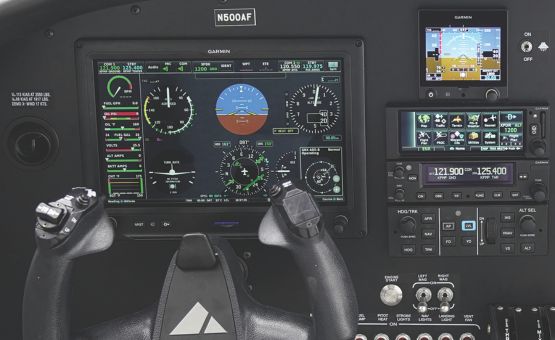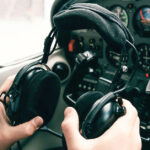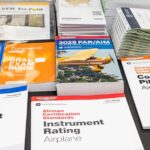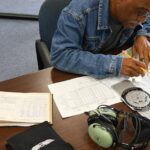By Rick Farmer
You don’t need to be in aviation very long, or have completed a certified flight instructor course, to hear the myth that “aircraft fuel gauges are only required to be accurate at empty.” This statement is completely false. I have heard it from pilots, mechanics and those who have completed a certified flight instructor course many times over the years and I feel that it is a topic that needs to be discussed and properly understood.
Fuel exhaustion accidents make up a significant portion of the annual accident rate and are almost entirely preventable. For safety reasons alone, pilots, those who have and haven’t completed a certified flight instructor course, should insist on having accurate fuel gauges in their aircraft.
First of all, let’s be clear about the principle that things are supposed to be reasonably accurate even if the FARs don’t spell out how accurate the fuel gauges need to be. For example, FAR 91.159 mandates certain VFR cruising altitudes. It does not specify how accurately you must maintain the altitude, but that lack of specificity does not give you a license to fly any altitude you want. You are allowed some “reasonable” tolerance.
Let’s take a look at the regulations pertaining to aircraft fuel gauges:
Most modern general aviation aircraft have been certificated by the FAA in accordance with 14 CFR Part 23. The following pertains to the fuel gauges:
- 23.1337 Power plant instruments installation.
- 23.1337(b) Fuel quantity indication. There must be a means to indicate to the flight crew members the quantity of usable fuel in each tank during flight. An indicator calibrated in appropriate units and clearly marked to indicate those units must be used…
A gauge that reads zero when the tank is still 1/ 3 full does not meet this requirement. This regulation goes on to say:
- 23.1337(b)(1) In addition… each fuel quantity indicator must be calibrated to read zero during level flight when the quantity of fuel remaining in the tank is equal to the unusable fuel supply…
The purpose of 23.1337(b)(1) is to reiterate that the gauge is supposed to indicate usable fuel, not total fuel. The main requirement is to indicate to the flight crew the quantity of usable fuel. This requirement is plainly “in addition” to the basic requirement, not instead of it.
Another relevant regulation is:
- 91.205 Powered civil aircraft standard category U .S. airworthiness certificates: Instrument and equipment requirements.
- a) General. Except as provided in paragraphs (c)(3) and (e) of this section, no person may operate a powered civil aircraft with a standard category U.S. airworthiness certificate in any operation described in paragraphs (b) through (f) of this section unless that aircraft contains the instruments and equipment specified in those paragraphs (or FAA-approved equivalents) for that type of operation, and those instruments and items of equipment are in operable condition.
(b) Visual-flight rules (day). For VFR flight during the day, the following instruments and equipment are required…
(9) Fuel gauge indicating the quantity of fuel in each tank. Among other things, that means that the fuel gauge is required to be operational, and you are not allowed to placard the fuel gauge as inoperative in accordance with 91.213(d).
In aviation, even before you take a certified flight instructor course, you always want multiple layers of safety. It is unsafe and contrary to regulations to fly the airplane if the fuel gauges aren’t indicating how much usable fuel remains.










